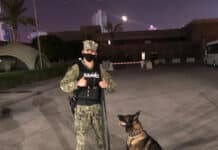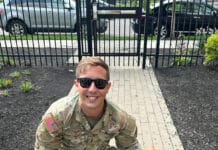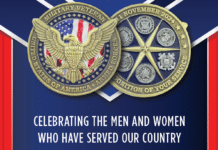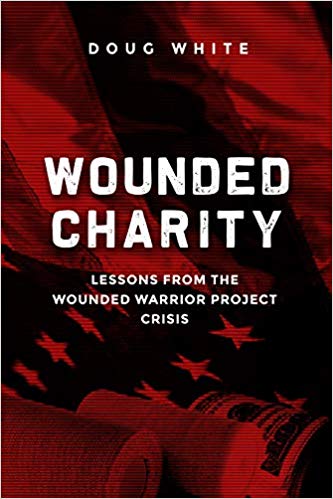By Doug White
In 2008, three years after its founding, Wounded Warrior Project appointed Steve Nardizzi as the new CEO, and Al Giordano the new COO. Over the next ten years, the charity grew enormously, from raising under $20 million per year to raising almost $400 million per year.
Then, in 2016, CBS News and The New York Times reported damaging allegations about how Wounded Warrior Project was being run, including claims that funds were being misspent and that not enough financial support was making its way to veterans. Six weeks later, the board announced that an outside investigation concluded the allegations were largely untrue. The board also announced that Nardizzi and Giordano had been fired.
This public controversy and the firings led to a drop of over $600 million in revenue over the following three years. The charity still has not fully recovered.
The independent review that concluded the allegations were wrong did not get much coverage. But in an interview with Bill O’Reilly, acting board chair Tony Odierno pointed out that:
- 80% [not the 60% that was alleged] of spending did go to programs
- 95% of the $26 million that went to staff conferences went to direct program expenses
- Only 1% of air travel was at the first-class level and half of that was the result of using upgrade coupons that did not cost anything to WWP
- The bulk of first-class tickets were provided for veterans whose disabilities make it difficult, if not impossible, to fly long distances in coach
Despite this, Odierno could not offer any explanation as to why Nardizzi and Giordano were let go and would only state that “the board felt that a change was necessary.”
Prior to the 2016 reports on WWP, the organization had been subject to criticism, especially in the nonprofit world. Most organizations that serve the veteran community are relatively small and many have poor administrative reputations, but WWP was growing quickly and becoming more influential.
The aggressive tone of the WWP fundraising program also didn’t sit well with some people in the nonprofit community. Among other veterans charities, it became routine to bash Wounded Warrior Project
One reason WWP got a target on its back was because it supplemented a traditional fundraising program with an extensive schedule of raw and effective television commercials. They portrayed catastrophically wounded veterans and many of the problems they were experiencing.
Even though they were responsible for raising substantial money, the ads attracted criticism, much of it from individuals in or close to the military, because, it was alleged, they discouraged sign-ups.
A senior-level employee at the Pentagon asserted publicly that the ads were negatively affecting force readiness – the measure of the military’s ability to respond to national security needs – although an analysis of military recruitment during the years in question shows no evidence to support that claim.
And then, in the aftermath of the controversy, Steve Nardizzi was muzzled by WWP’s board, giving credence to the allegations while the board figured out how to scapegoat him and Al Giordano.
But if things were going well at WWP – and they were – why did the board need a scapegoat? We may never know, but another dot that needs connecting is this: Richard Jones was the head of the board’s audit committee, which oversees the fiscal and financial reporting aspects of a charity’s work.
Given that one of the most significant criticisms was that WWP had misspent much of its money, the allegations should have at least touched Jones… but they didn’t. Strange until you realize that Jones serves in his day job as executive vice president for CBS Corporation.
Before, during, and after the reports came out about WWP, Jones had a glaring conflict of interest. Add to that Jones’s close relationships with two veterans’ charities that were openly hostile to WWP, and one might wonder about the integrity of the board. This could also be why the manufactured crisis occurred in the first place. We may never have the full story, but it is certainly worth reexamining.
About Author: Doug White, the former Director of Columbia University’s Masters Program on Nonprofit Fundraising, and author of the new book Wounded Charity: Lessons Learned From The Wounded Warrior Project Crisis. The article details how inaccurate reporting by mainstream news outlets almost destroyed Wounded Warrior Project in 2016, and aims to set the record straight.
All content herein is owned by author exclusively. Expressed opinions are NOT necessarily the views of VNR, authors, affiliates, advertisers, sponsors, partners, technicians, or VT Network. Some content may be satirical in nature.
All images within are full responsibility of the author and NOT VNR.
Read Full Policy Notice - Comment Policy































